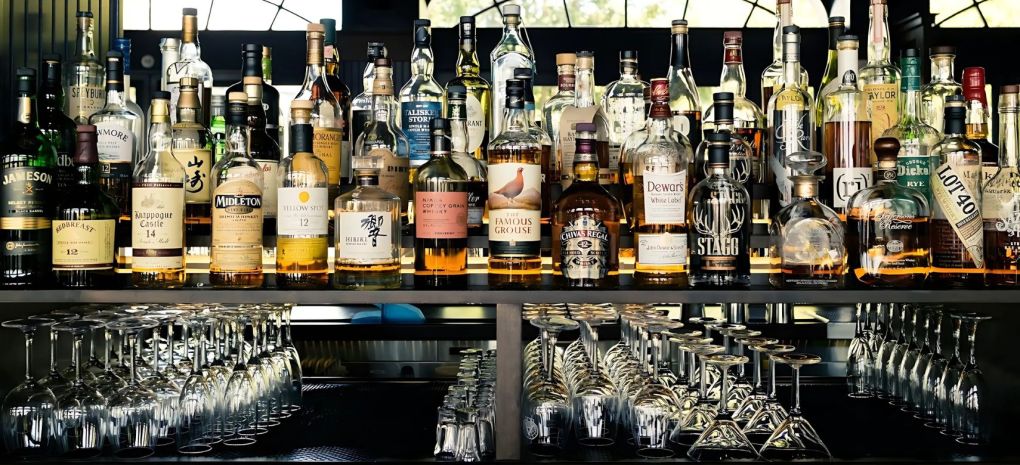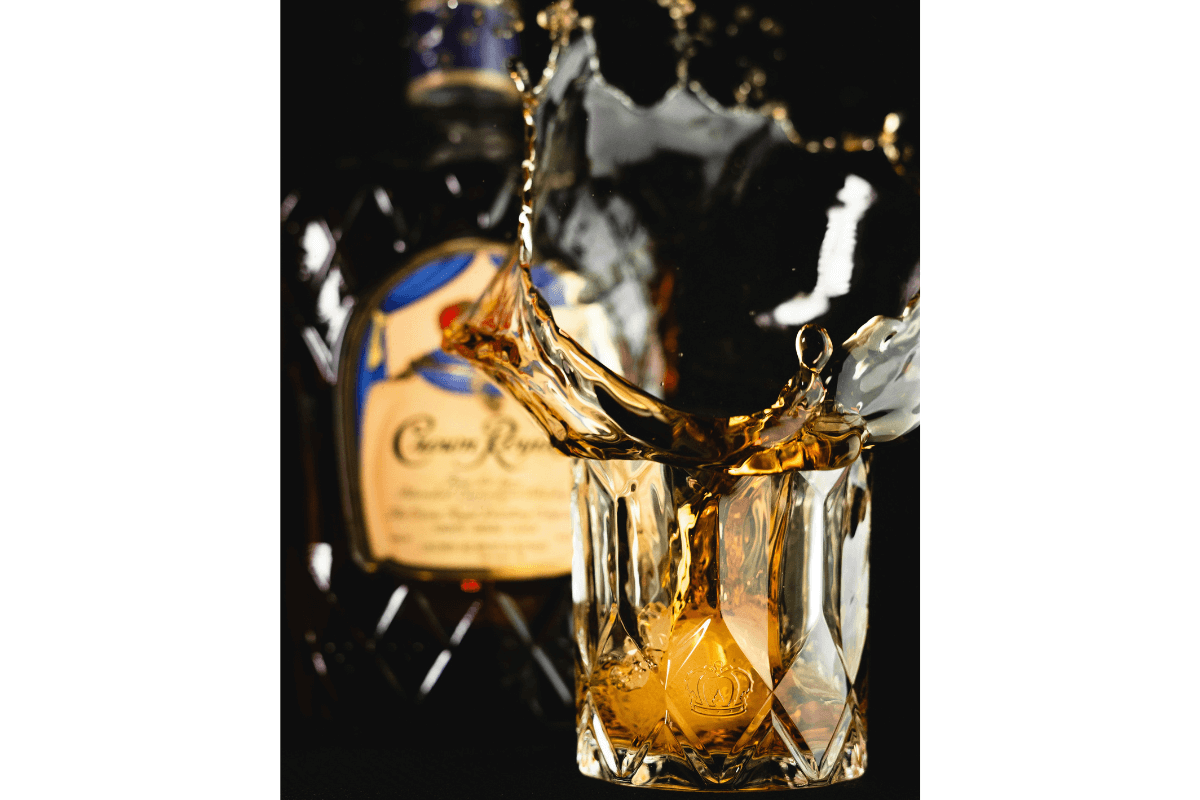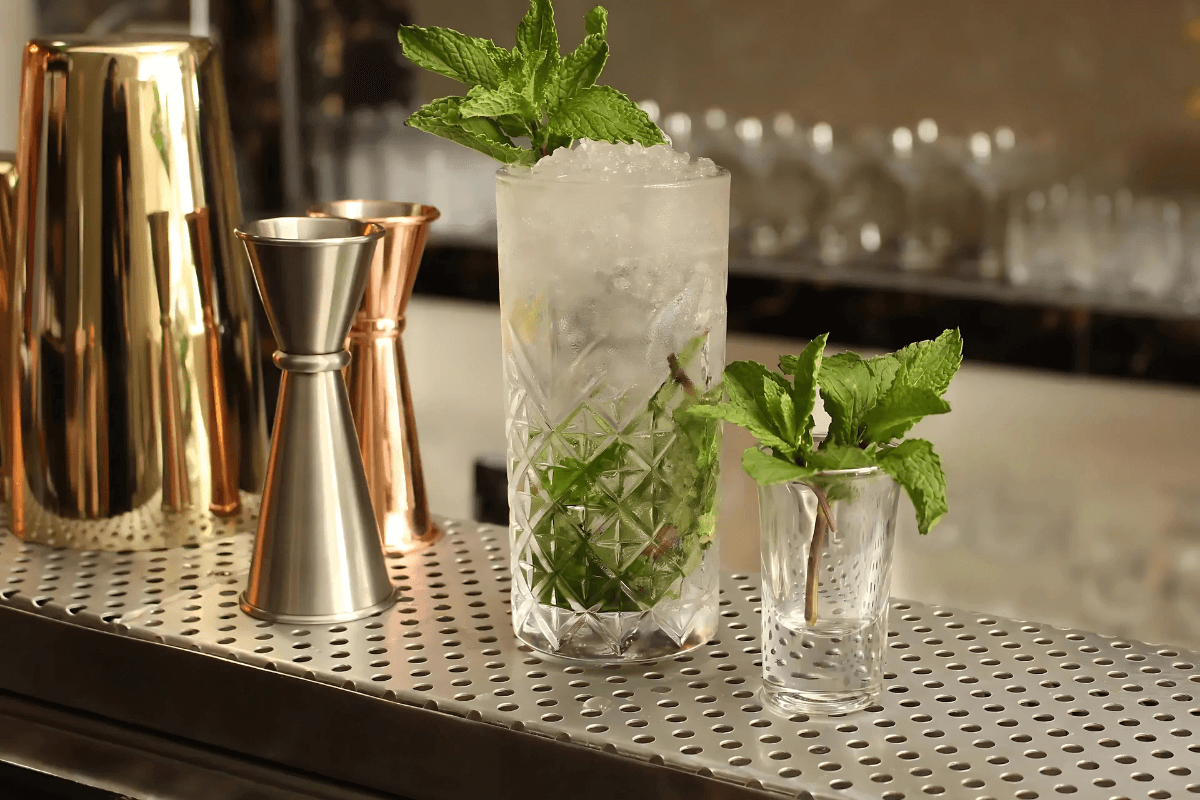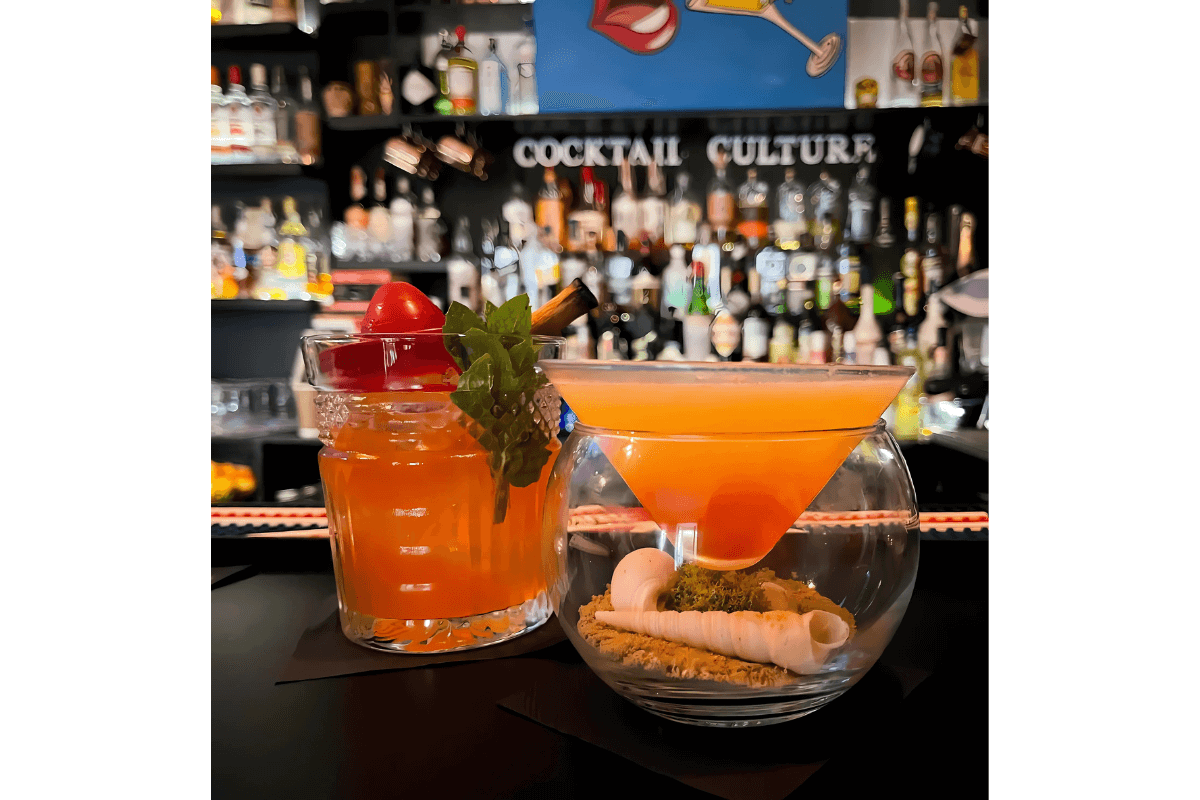
24/10/2024 Exploring the Future of Spirits: Key Trends Shaping Premiumization, Sustainability, and Innovation in the 2025 U.S. Drinks Market.
The U.S. spirits market continues to evolve rapidly, driven by shifting consumer preferences, emerging categories, and a heightened focus on quality. Looking ahead to 2025, several trends are expected to reshape the spirits landscape. From premiumization to the rise of low-alcohol options, consumers are demanding more personalized and innovative offerings. Here’s what to watch for in the coming year.
1. Premiumization: The “Less but Better” Movement
Premiumization has been a growing trend in recent years, and in 2025, it will continue to dominate the spirits sector. Consumers are increasingly willing to pay more for high-quality products, with a particular focus on craftmanship, flavor complexity, and brand story. Bacardi’s 2023 survey found that 41% of U.S. drinkers aged 21-44 plan to "seek more premium spirits" in 2024, a trend that will only deepen by 2025.

Image Source: Unsplash
This focus on “less but better” consumption aligns with broader shifts in consumer behavior across beverages. Consumers are drinking less frequently, but when they do, they want their drink to be an experience. Categories like tequila, whiskey, and rum are seeing this trend, with ultra-premium and super-premium segments showing strong growth. For instance, tequila’s reputation has transformed from a party drink to a premium sipping beverage, and this shift has driven higher sales of bottles priced over $30.
2. Tequila and Agave Spirits Continue to Surge
Tequila’s meteoric rise is far from over. Agave-based spirits have seen incredible growth over the past decade, with tequila becoming a category favorite in the premium and ultra-premium spaces. This trend is set to continue in 2025, fueled by a changing consumer perception that agave spirits offer diverse flavor profiles and artisanal craftsmanship. According to the Distilled Spirits Council, tequila sales increased by more than 17% in 2023, and demand for premium-priced bottles will keep this category thriving.
Moreover, new consumers are becoming more adventurous and experimenting with lesser-known agave-based spirits like mezcal, raicilla, and sotol. The artisanal production methods, smokier flavor profiles, and links to sustainability are particularly attractive to younger consumers seeking authentic, unique experiences.
3. Low and No-Alcohol Spirits on the Rise
The low- and no-alcohol category is poised for exponential growth in 2025. Gen Z’s focus on health and wellness is reshaping the way Americans drink. With nearly 45% of Gen Z reporting they didn’t consume alcohol at all in 2023, and a significant portion showing a preference for moderation, demand for low-ABV (Alcohol By Volume) and non-alcoholic spirits has exploded. As Gen Z and Millennials increasingly prioritize mental and physical health, as well as sustainability, they are gravitating towards alcohol-free alternatives and experiential, mood-boosting drinks.
Brands like Seedlip and Ritual have paved the way for non-alcoholic spirits, offering drinks that mimic traditional spirits' flavor and experience without the alcohol. By 2025, more premium offerings will emerge, incorporating natural ingredients, adaptogens, and functional botanicals that appeal to this health-conscious demographic.
4. Ready-to-Drink (RTD) Spirits Continue to Evolve
RTDs are far from a passing trend. The category has shifted from sugary, mass-market hard seltzers to a more sophisticated offering, often with a focus on quality ingredients and well-known spirits. RTDs are especially popular with younger, more diverse consumers who value convenience but don’t want to sacrifice quality.
Premium spirit-based RTDs, including hard seltzers made with premium tequila, whiskey, or gin, will see continued growth. The consumer demand for convenience, quality, and authenticity is pushing producers to develop more complex flavor combinations and packaging options, such as USDA-certified organic RTDs and those with natural ingredients. By 2025, the market will also see more “functional” RTDs, enhanced with ingredients like adaptogens, nootropics, or CBD, appealing to wellness-focused drinkers who want more from their cocktails than just a buzz.

Image Source: Unsplash
5. Sustainability Drives Purchasing Decisions
As consumers become increasingly eco-conscious, sustainability will be a major trend shaping the spirits industry in 2025. Consumers are not only looking for transparency in production practices but are actively seeking out brands that prioritize eco-friendly packaging and ethical sourcing. According to a 2022 report from Audience Collective U.S., 58% of drinkers said sustainability was important when purchasing alcohol. Millennials and Gen Z are driving this trend, with many willing to switch to a brand that offers a more sustainable option.
In response, more distillers will embrace renewable energy, reduce water use, and explore alternative packaging solutions like eco-friendly bottles or refillable containers. Expect to see more brands launching sustainable initiatives as this becomes a competitive differentiator in the spirits market.
6. Botanical and Craft Distillation Innovation
As consumers' palates evolve, demand for unique, botanically infused spirits is rising. Craft distillers are pushing boundaries with new combinations of herbs, spices, and other botanicals, moving beyond the traditional profiles of gin and into other spirits categories. These innovations not only offer consumers new flavor experiences but also tap into the ongoing trend of functional and wellness-oriented drinks.
Brands that experiment with indigenous botanicals, local flavors, and even sustainability in farming and sourcing will find a growing audience in 2025. Additionally, spirits that highlight their terroir—emphasizing local ingredients and reflecting a sense of place—will resonate with consumers looking for authenticity and a connection to the land.
[[relatedPurchasesItems-31]]
7. The Rise of Flavored Spirits
Flavored spirits continue to gain traction, particularly among younger consumers looking for new and exciting drinking experiences. While traditional flavors like vanilla, citrus, and berry remain popular, distillers are exploring more unconventional flavors, from chili-infused tequilas to dessert-inspired vodkas.
In 2025, expect a surge in experimental flavors that blur the line between sweet, spicy, and savory. Spirits such as rum, whiskey, and even tequila are poised to capitalize on this trend, as consumers become more open to trying adventurous combinations. Flavored spirits also align well with the cocktail culture boom, as they provide an easy way to add complexity to at-home drinks.
8. Cocktail Culture Thrives with Experiential Drinking
Cocktail culture is thriving in the U.S., and 2025 will see it further expand as consumers embrace creativity and personalization in their drinking experiences. Craft cocktails made with premium ingredients will continue to grow in popularity, whether at bars, restaurants, or in the comfort of consumers' homes. High-quality mixers, bitters, and garnishes are becoming more widely available, fueling at-home experimentation.
Moreover, consumers are increasingly seeking out immersive drinking experiences. Cocktail-making classes, spirits tastings, and multi-sensory experiences that combine drinks with art, music, or food pairings are likely to expand. Bars and distilleries that offer unique experiences, where the environment and presentation are as important as the drink itself, will continue to thrive.

Image Source: Cocktail Culture
9. Gen Z’s Influence on Drinking Trends
Gen Z's influence on the spirits market will be profound in 2025. This generation, with its focus on moderation, sustainability, and premiumization, is driving demand for both premium spirits and alcohol-free options. Gen Z consumers are more likely to be influenced by a brand’s ethical practices, eco-friendliness, and who is promoting the product. As they enter their prime legal drinking age, Gen Z will continue to push for new and innovative spirits that align with their values.
Conclusion
The U.S. spirits market in 2025 will be defined by an emphasis on quality, health-conscious choices, and sustainability. With trends like premiumization, the rise of tequila and agave spirits, non-alcoholic options, and RTDs evolving in exciting ways, producers are innovating to meet changing consumer expectations. As Gen Z and Millennials continue to shape the future of the market, the focus will remain on crafting personalized and meaningful drinking experiences.
Header Image Source: Unsplash
Also Read:
Artisanal Spirits Importers in the USA: A Gateway to Craftsmanship and Authenticity
Sip Agave Spirits at the Best Tequila and Mezcal Bars in the USA
Breaking Barriers: Brian Facquet on New York's Direct-to-Consumer Spirits Revolution



